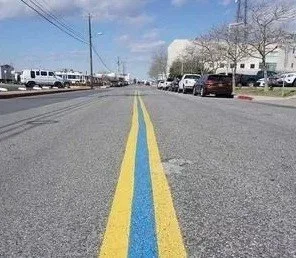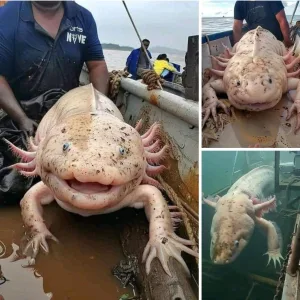Mysteries are sometimes as close as a mouse click in this age of global communication and contemporary technology. In September of 2021, a sharp-eyed social media user saw something peculiar on Google Maps: a mysterious black dot in the center of the huge Pacific Ocean.1 People all across the world were intrigued by this mysterious element, and many theories and hypotheses were put forth as to its function. But now the riddle has been solved, and the secret of the alleged “Pacific Black Hole” can be divulged.
The mysterious black spot, which appears to be far from any countries or islands, was featured in the initial social media image that began the discussion. Inquisitive online users were ready to share their theories and opinions. The possibilities discussed ranged from the lighthearted, such as a “Hollow Earth entrance,” to the serious, such as a hidden military base or a subterranean volcano. Some others thought the photo was purposefully blocked because of its strange aspect.2
Black Hole in the Pacific” Or…..
Some of the guesses were quite creative, but thankfully they were not as far-fetched as the correct solution to this intriguing puzzle. The mysterious object was later identified as the Republic of Kiribati’s island of Vostok, which is located around 4,300 kilometers east of Australia. Despite its lack of inhabitants, Vostok Island is home to a thick and well-established forest. Pisonia trees were the key to unlocking the mystery of why the island showed up as a “Pacific Black Hole” on Google Maps.
Vostok Island’s Pisonia trees were exceptionally luxuriant, with foliage of a startlingly dark green. Vegetation on the island appears black in satellite images because of how much light it absorbs and reflects at the high altitudes used to create maps like Google’s. Because of this misperception, the island was given the erroneous name “Pacific Black Hole,” which piqued the interest of many people online.
It’s no surprise that the strange island has many scratching their heads online. Contrary to the usual portrayal of islands on maps, a dark patch appeared out of place in the middle of the wide blue expanse of the Pacific Ocean. As the event was investigated and its causes determined, however, it became apparent that this was only an outlier among nature’s fascinating tricks.
People were amazed at how easily the mystery of the “Pacific Black Hole” could be solved once the truth was revealed. What at first appeared to be a momentous and enigmatic event was, in reality, just an optical quirk brought on by the abundance of foliage. However, the fascination with the mysterious has taken the Internet by storm, demonstrating the human need to seek explanations for mysteries.
The episode also highlighted the influence of the internet and social media on public interest. A seemingly unremarkable finding became a worldwide phenomenon after just one post on Reddit. It showed how social media sites have evolved into contemporary libraries, where users can find and read about intriguing finds from all across the world.
There is still a fascination with the enigmatic and the unexplained, despite the fact that the “Pacific Black Hole” mystery in the ocean has been answered. It’s proof that we’re naturally inquisitive beings, always pushing ourselves to learn more and uncover the mysteries that lay just outside our ken.
Explaining a seemingly insurmountable enigma can be as easy as making a few careful observations, as demonstrated by the recent discovery of the true identity of the “black hole” in the Pacific Ocean. The September 2021 incident briefly captivated the globe with the potential of a mysterious phenomenon, but soon everyone was reminded that the wonders of nature may be found in the unlikeliest of locations. It’s important to keep in mind that, despite the passage of time, our curiosity about the world’s mysteries has only grown.





